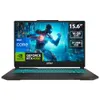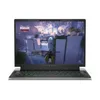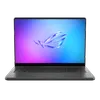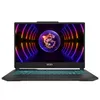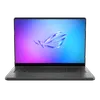I’m a Windows user — and these are 5 upgrades I want from Windows 12
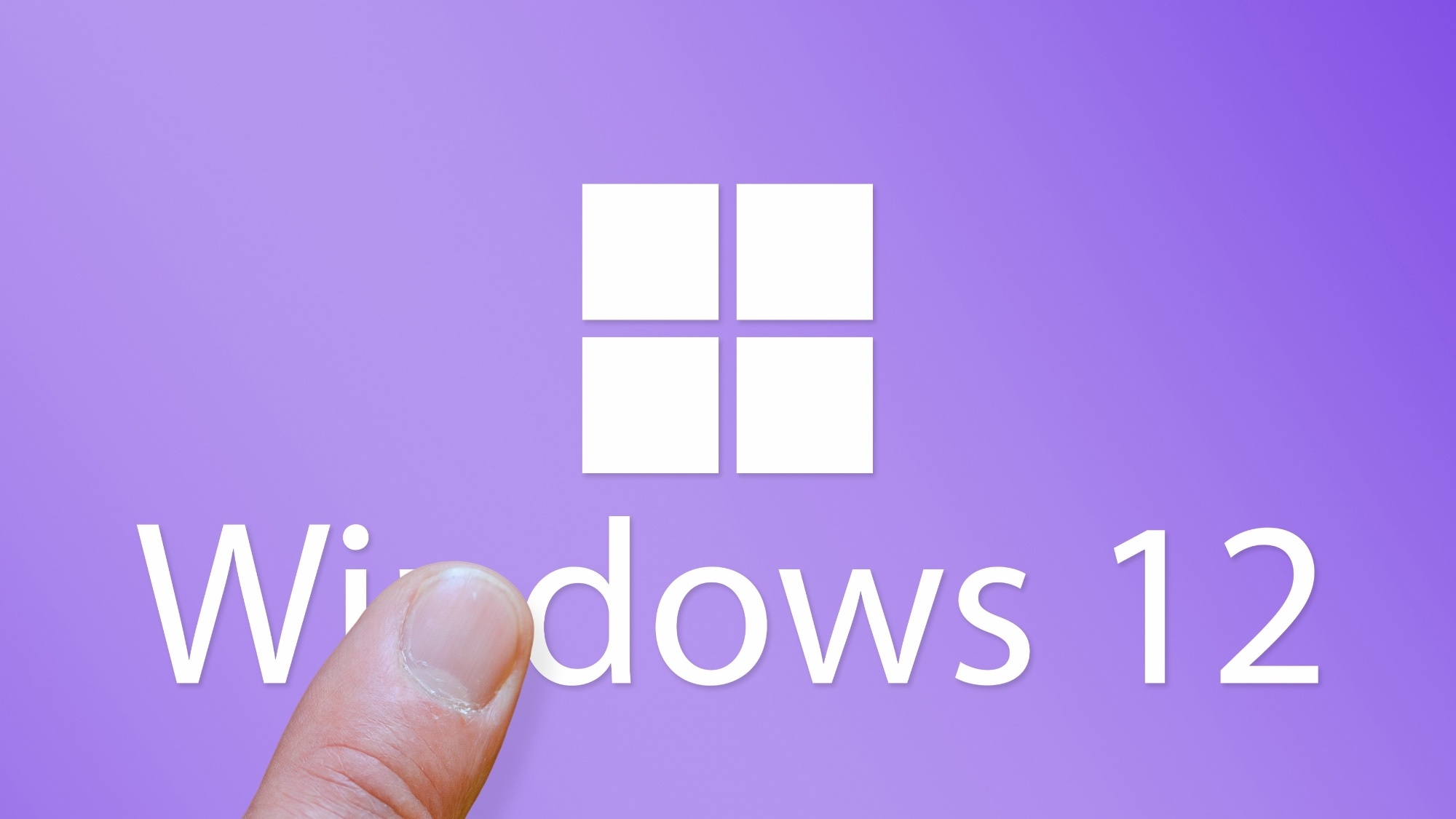
Microsoft has not officially announced Windows 12, but it’s a safe bet we’ll eventually see a successor to Windows 11. Rumors once suggested we’d see the operating system in late 2024, but with 2026 only a few weeks away, it’s now anyone’s guess when Windows 12 will materialize. That being the case, we can only speculate on what features Microsoft’s operating system could offer.
Windows 11 has received many improvements since it launched in 2021, but it’s still far from perfect. Optimizing Windows to suit your specific needs isn’t easy (or possible), and Copilot still isn’t as integrated into the OS as we’d like. And while Windows 11 generally runs well, its various background processes can cause one’s computer to run slower than expected.
As we wait for any announcement about Windows 12, I'm left to wonder how the operating system can improve on Windows 11. To that end, here are 5 upgrades I want to see in Windows 12 when it arrives.
Modular OS
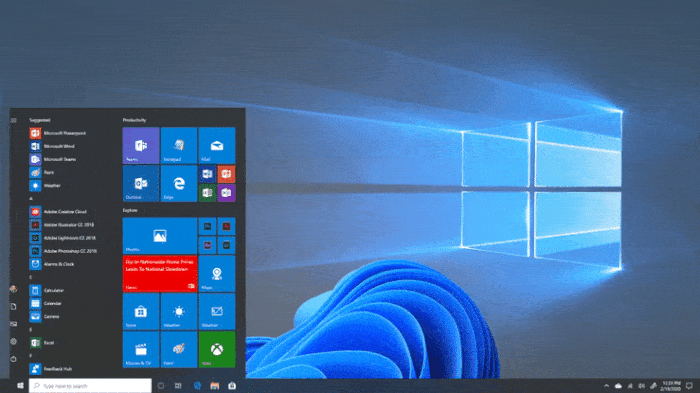
Windows 11 can run on various devices, such as the best laptops and best computers. While it works well enough on those platforms, the same isn’t true for devices with different form factors, such as the best tablets and best handheld gaming consoles. The idea of a modular “Windows Core OS” isn’t new, but it would be great to see this concept in Windows 12.
For example, imagine a more tablet-friendly version of Windows for Microsoft’s own Surface Pro 2-in-1 devices. Imagine the ability to ditch or modify the taskbar to be better suited for touch controls. For gaming handhelds, being able to disable unnecessary background processes would improve performance, as the leaner version of Windows on the ROG Xbox Ally has proven.
Windows is more customizable than macOS, but it can still feel too restrictive. A more modular Windows 12 could be a huge game-changer for Microsoft’s operating system.
Better Copilot integration
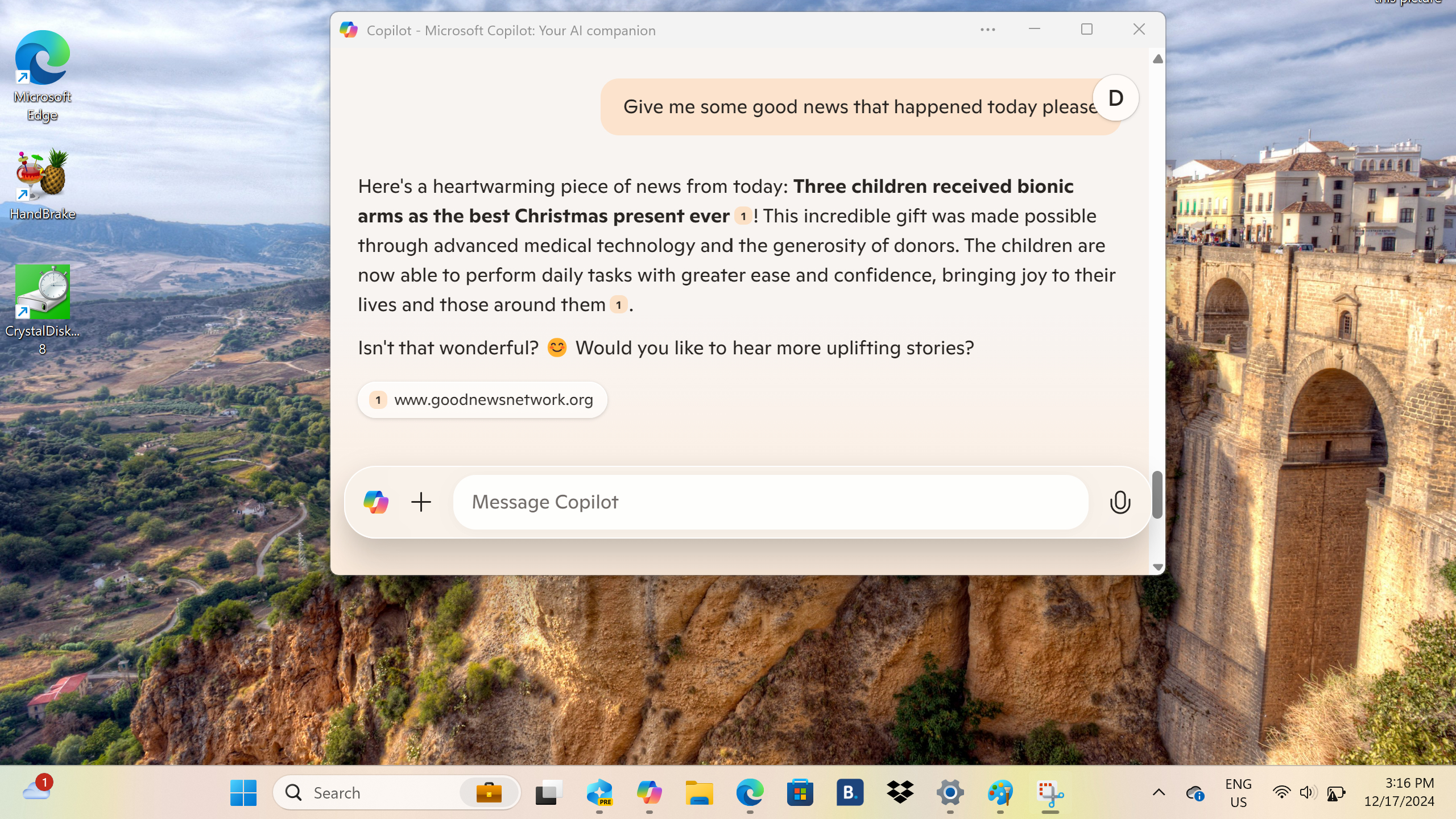
Microsoft has boasted about its Copilot AI for a couple of years now. While it initially seemed promising, the AI assistant hasn’t exactly lived up to its potential. Sure, it’s nice to generate images for free or get quick answers to questions, but Copilot still feels limited.
Get instant access to breaking news, the hottest reviews, great deals and helpful tips.
The main problem is that Copilot still can’t reliably answer technical questions about Windows, or perform basic tasks like changing your power settings or launching programs. Perhaps this is too much to demand from a technology that was grafted onto Windows 11, but that doesn’t mean Copilot can’t have these functions and more in Windows 12, as it would presumably be baked in.
I won’t fault Microsoft too much here since I’ve yet to see an AI assistant from any company that’s truly helpful for everyday tasks. But with Windows 12, perhaps the LLM-powered AI assistant won’t feel like more bloatware.
Useful Widgets
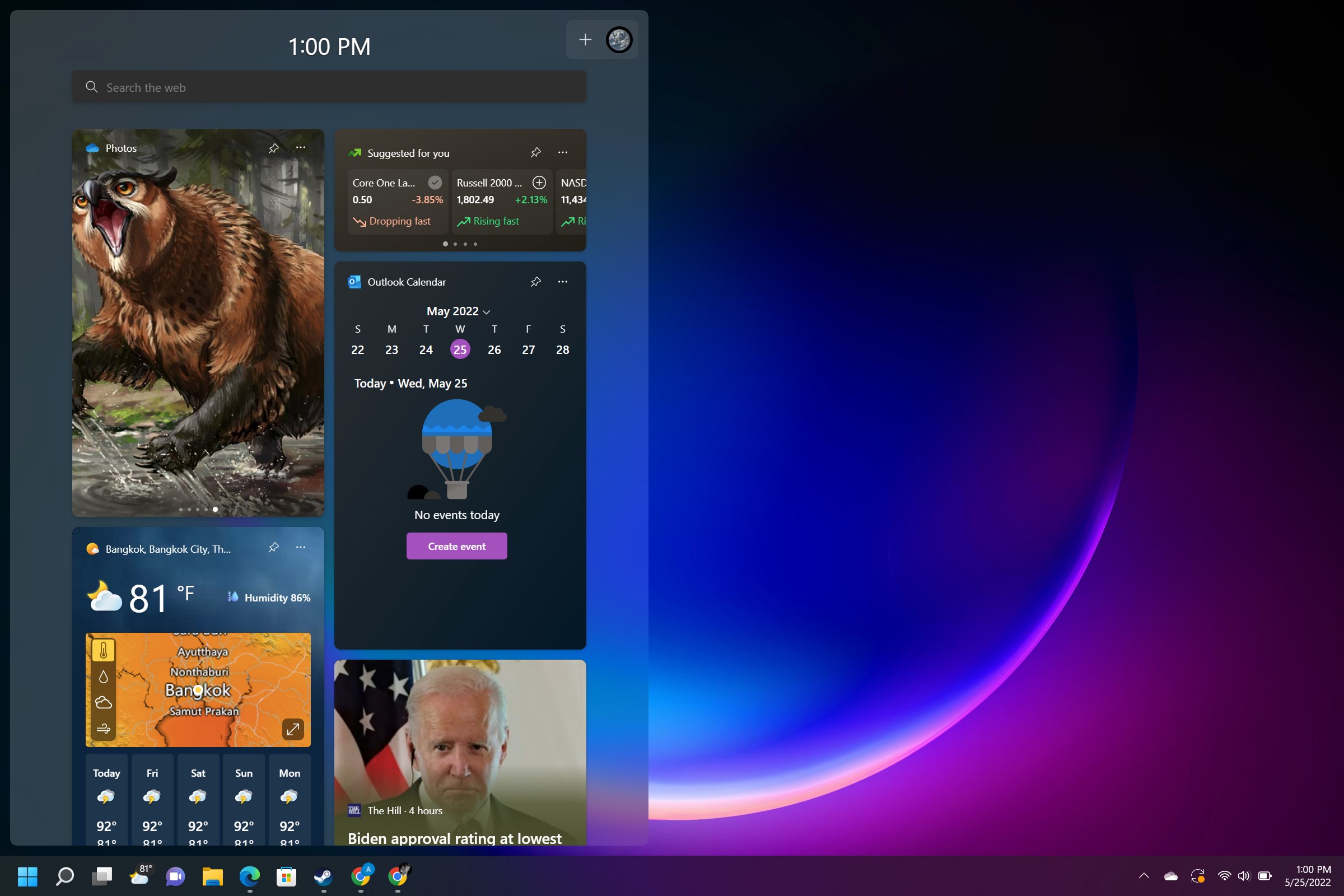
I only ever interact with Widgets whenever I accidentally move the mouse cursor to the far left of the taskbar. For Windows 12, I’d like to see Microsoft provide a Widgets menu that I would actually use.
Like macOS 26, an option to have Widgets directly on the desktop would remind me they’re available. I’d also love the ability to position Widgets however I choose.
While the existing Widgets menu gives you some control over what it displays, it’s far too limited, and can ever be overwhelming. If Microsoft wants to have a dedicated Widget menu, then I want even more control over what it shows me.
Improved Windows Search
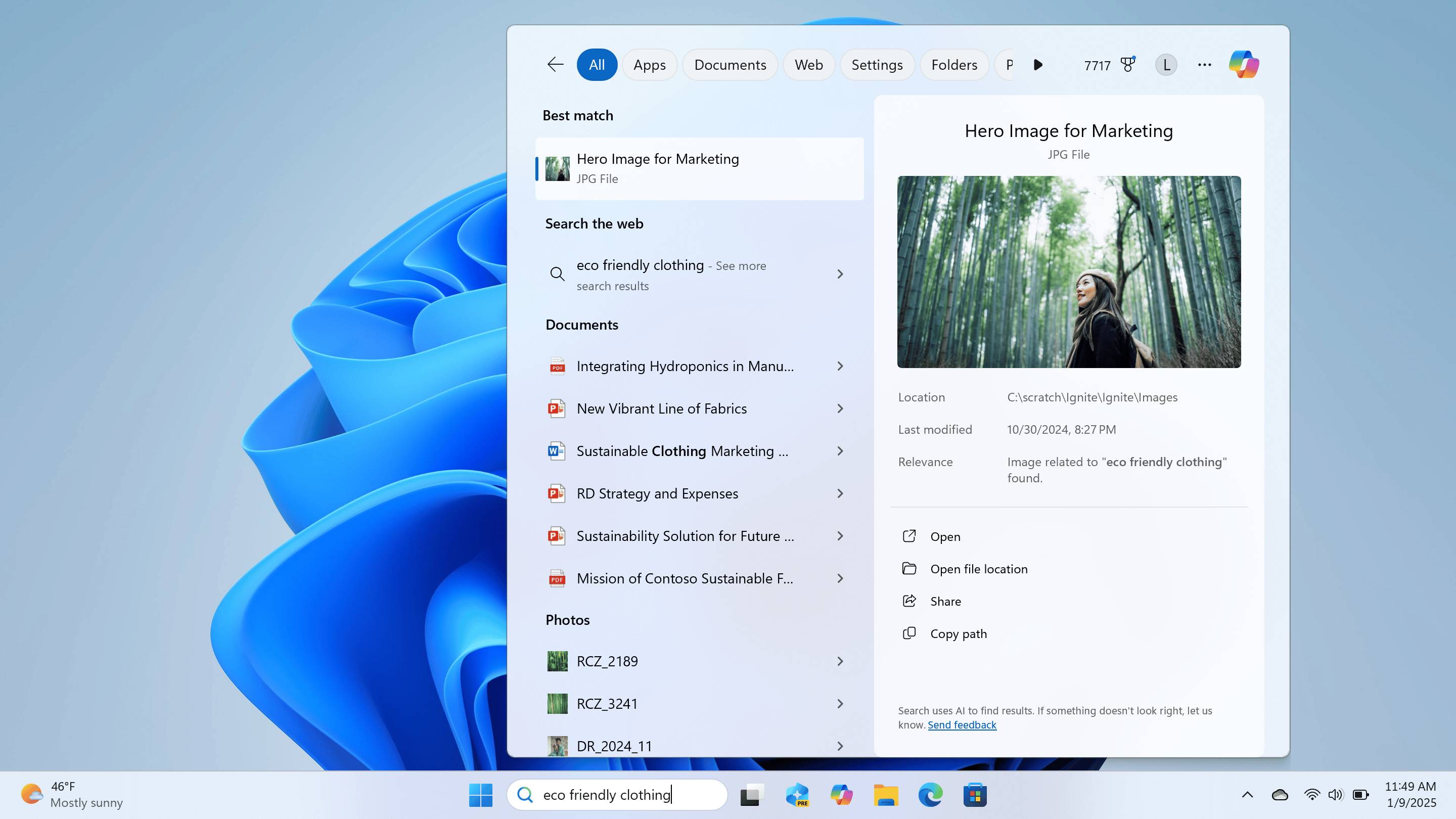
I don’t know about you, but I always dread using Windows Search. Most of the time, I end up starting at a Bing search on Microsoft Edge instead of the app or file I was searching for. Search is also far too slow to come up, which only makes things worse.
At the risk of sounding like a macOS fanboy, I wouldn’t mind if Windows Search were more like Spotlight on Mac. I like how you start seeing results as soon as you start typing, not to mention Spotlight’s overall zippiness to open. And if using Search in Windows 12 doesn’t result in opening up Microsoft Edge, that’d be great too.
Proper Android app support
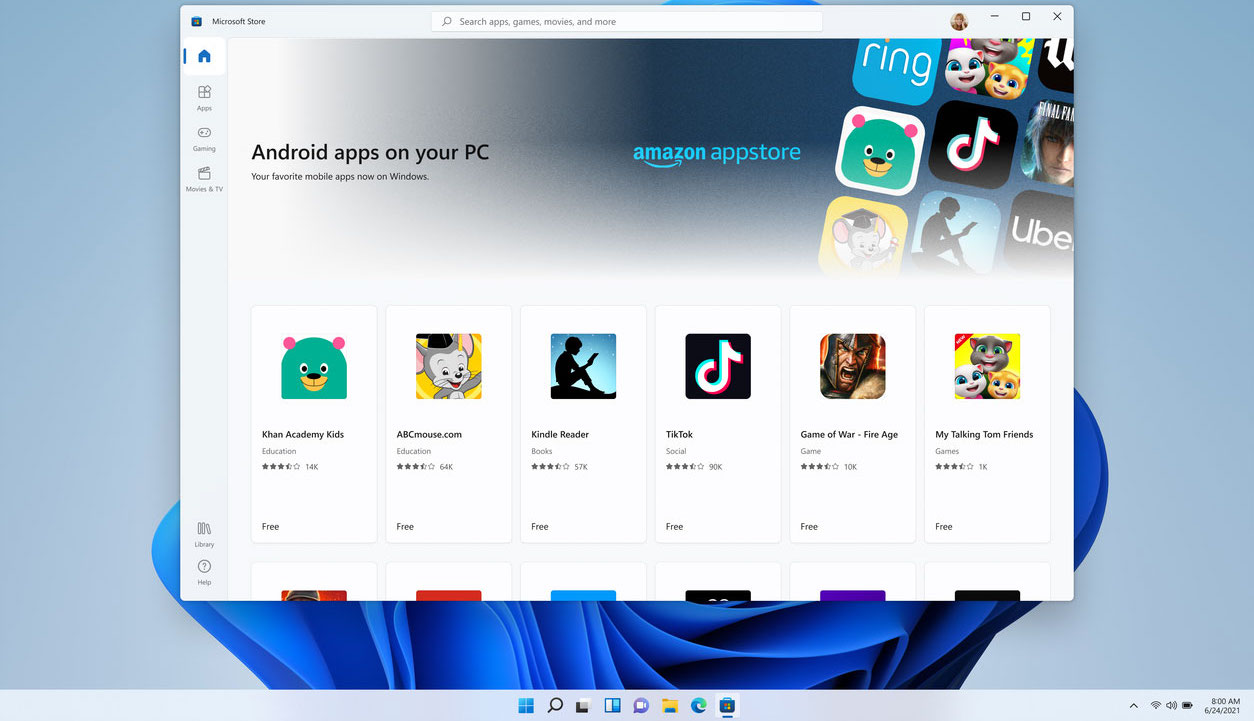
Having the best Android apps on Windows 11 was a big selling point when Microsoft first announced Windows 11. The OS didn’t initially launch with much Android app support, but it eventually arrived, though you were limited to Android apps available through the Amazon App Store. Microsoft would eventually stop supporting Android apps in Windows 11 earlier this year.
Though I personally don’t have much use for Android apps on Windows, I know that many others would. It also makes sense to have Android app support so you can use said apps on devices with touchscreens, like 2-in-1 laptops and handhelds. This would also match macOS’ ability to access the App Store and run iOS and iPadOS apps on Macs.
Outlook
We can’t say for certain when Windows 12 will arrive, or if it will even bear that name. But when the successor to Windows 11 does arrive, we hope it will deliver an operating system that offers significant improvements to make users’ lives easier. For now, all we can do is wait and hope for the best.

Follow Tom's Guide on Google News and add us as a preferred source to get our up-to-date news, analysis, and reviews in your feeds.
More from Tom's Guide
- 15 top Windows 11 tips everyone needs to know
- Windows 10 support officially ends — are you upgrading to Windows 11?
- 5 things I wish I knew about Windows 11 when I upgraded from Windows 10

Tony is a computing writer at Tom’s Guide covering laptops, tablets, Windows, and iOS. During his off-hours, Tony enjoys reading comic books, playing video games, reading speculative fiction novels, and spending too much time on X/Twitter. His non-nerdy pursuits involve attending Hard Rock/Heavy Metal concerts and going to NYC bars with friends and colleagues. His work has appeared in publications such as Laptop Mag, PC Mag, and various independent gaming sites.
You must confirm your public display name before commenting
Please logout and then login again, you will then be prompted to enter your display name.

